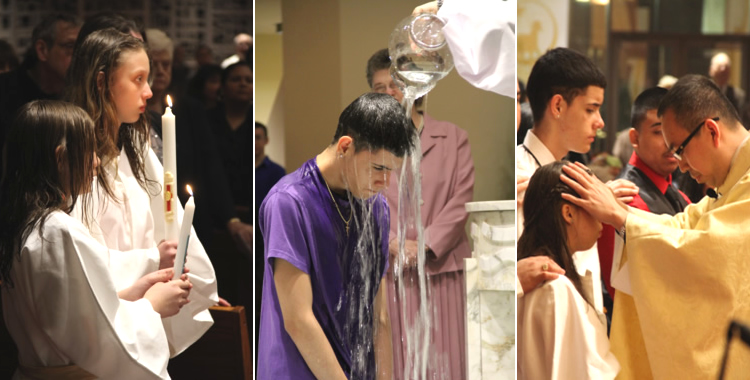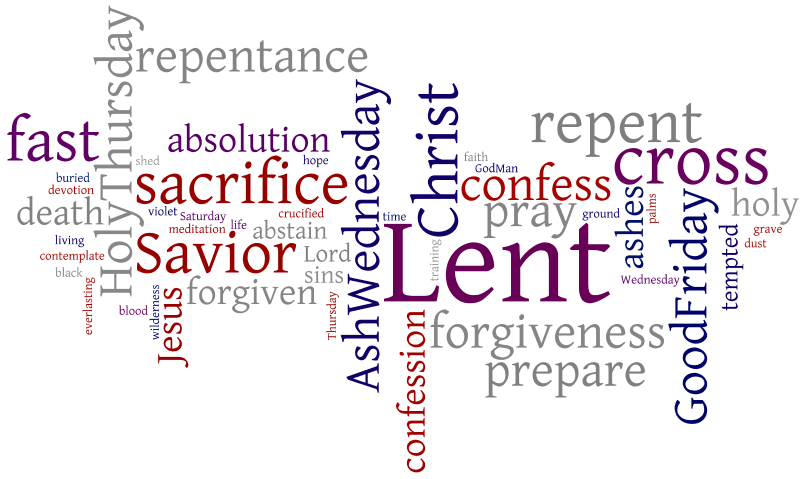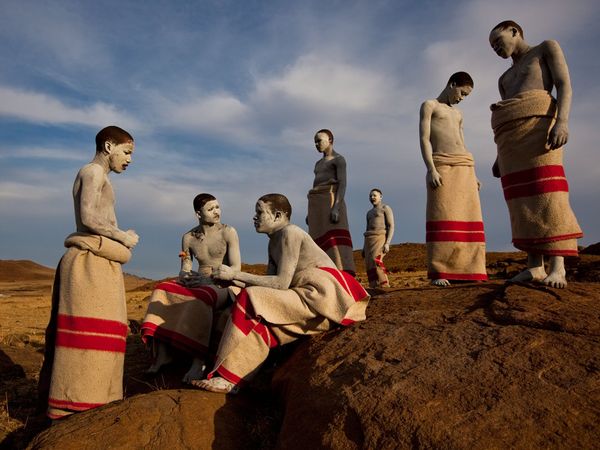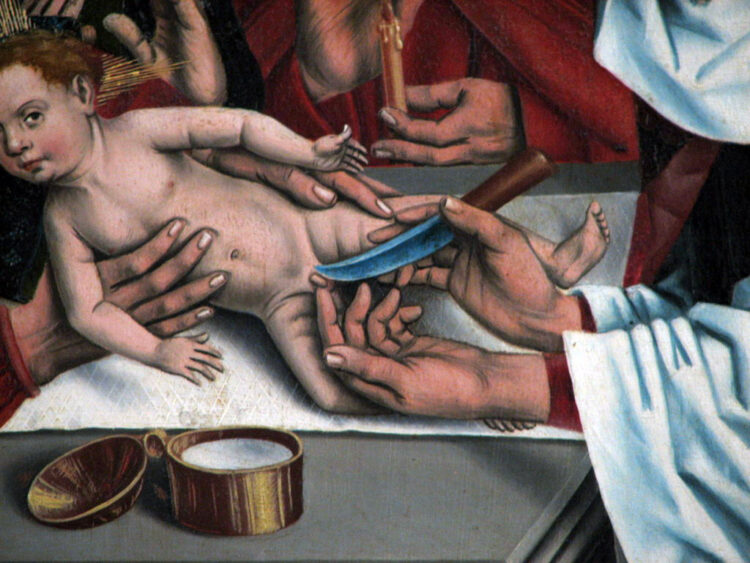Question: Every year at the beginning of Lent we are invited to undertake Lenten disciplines which involve self-denial. It’s always hard to decide what to give up for Lent. I don’t want to give up something trivial. I also want to be able to do what I intend. Can you give some suggestions?
Frank Answers: I can give some suggestions for the practices of Lent, but first we need to put all the possible practices of Lent into the perspective of the meanings and purposes of Lent. Lent has accumulated many meanings and purposes over the centuries and this can be confusing to pastors as well as to lay people. The word cloud image above this article illustrates Lent’s multiple messages.
The season has become like a spiritual smorgasbord. We pick and choose because we can’t do everything that’s recommended. So maybe at most we will try to attend church more regularly, even some midweek services, give up meat or some other food on Fridays, collect alms in a coin bank, and thereby make an effort at observing the notable duties of prayer, fasting, and almsgiving in Matthew 6 that we hear proclaimed on Ash Wednesday. If we derive some benefit from this, well and good. Even this amount of “good works” puts us in a counter cultural stance and therefore demonstrates some repentance or turning around in our direction of life, at least for forty days.
I’m not knocking this, but I want to alert us to the basic problem with our modern observance of Lent: a lack of focus for our practices. So let’s let’s go back to the origins of the season.
An annual celebration of the death and resurrection of Christ (pascha) was established by the middle of the second century, as we see from a homily by Melito of Sardis (Peri Pascha, Concerning the Passover). This was in coinjunction with the Jewish Passover because that’s when the crucifixion and resurrection of Christ took place.
The idea of a Christian observance of a forty-day preparation for the pascha or passover of Christ from death to life, coinciding with the preparation of catechumens for their Baptism at the paschal vigil, became nearly universal only after the Council of Nicea (325) set the dating of Easter on the first Sunday after the first full moon of spring. This season, known as Quadragesima or Tessarakoste (Forty Days), was created by bringing together several pre-Nicene practices in different churches.
Already by the end of the first century the practice of fasting in preparation for Baptism was in place. The church order known as the Didache (The Teaching of the Twelve) stated:
Didache 7:4. “Before the baptism, let the person baptizing and the person being baptized – and others who are able – fast; tell the one being baptized to fast one or two days before.”
No set time was established for Baptism, but when it took place at Easter the period of fasting was extended to a whole week—the six days between Palm Sunday and Easter. Hence, the origin of Holy Week even before the fourth century.
It became a nearly universal practice to to have a three-week period of preparation of catechumens for their baptism, which did not always climax at Pascha (Easter). This was also observed in Rome and is reflected in the three Masses for the scrutinies in the later Roman Gelasian Sacramentary on the Sundays of Lent III, IV, and V.
If this three week catechumenal period with its fasting occurred before Pascha (Easter), it was in addition to the fasting during Holy Week. Some Eastern traditions have continued to maintain a distinction between the fasting of Lent and the fasting of Holy Week.
The Egyptian Church centered in Alexandria observed a forty day fast after the Epiphany following the chronology of its favorite Gospel of Mark in which after Jesus’ baptism he was led into the wilderness for forty days of fasting and was there tempted by the devil. Eventually the preparation of candidates for baptism occurred during this forty day post-Epiphany fast, but baptisms were not on Easter. They were often celebrated on what became Lazarus Saturday. The Coptic and Ethiopian Churches, in resisting Byzantine imperialism, to this day do not celebrate baptisms between Palm Sunday and Pentecost.
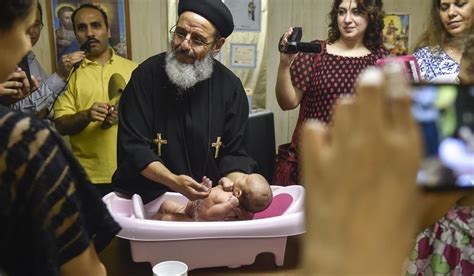
The Egyptian forty day fast in imitation of Jesus’ fast also as the time of preparation of catechumens for baptism was adopted by other Churches but was changed from a post-Epiphany to a pre-Paschal fast, including in the Roman Church.
In addition, in the Roman Church this forty day fast (which included Saturdays—the West Syrian-Byzantine Churches did not fast on the Sabbath or the Lord’s Day; hence they have a longer Lent) correlated the preparation of the public penitents for reconciliation on the morning of Maundy Thursday (so that they could participate in the evening Mass of the Lord’s Supper) with the preparation of the catechumens for their baptism at the Paschal Vigil. Thus, between the fourth and sixth centuries Lent acquired its catechumenal and penitential character.
After the sixth century the orders of catechumens and penitents waned with the increase in infant baptisms and private penance. Lacking public catechumens and public penitents as the focus of church life during Lent, all the faithful returned, in effect, to the catechumenate and embraced penitential disciplines, receiving the ashes of the penitent on Ash Wednesday. During the Middle Ages, and especially in the Reformation and Post-Reformation periods, the focus of Holy Week on the passion of Christ was pushed back into Lent and basically became the emphasis in Lenten devotions and preaching. The practices of prayer, fasting, and almsgiving (our works of penitence) remained, although the focus on Baptism and penance didn’t.

With the retrieval of the adult catechumenate and the rites of Christian initiation of adults (RCIA) in 1972, the catechumens are placed at the center of church life and liturgy during Lent. This could once again give Lent a concrete focus as the whole congregation of the faithful accompanies them to their baptism and to the renewal of our own baptism at the Easter Vigil. Our hymnals, unfortunately, have very few hymns, at least in the “Lent” sections, that relate to the catechumenate or the renewal of baptism. The cross and passion of Christ still dominate the hymn selections for Lent. But this focus should be reserved for Holy Week.
From the early days of the church the faithful accompanied the candidates by fasting along with them (already in Didache 7:4 at the end of the first century). So the main focus of Lent is Baptism. The main practice of Lent is fasting. The passion of Christ comes into focus during Holy Week. In our current practice we demonstrate this by changing the liturgical color of vestments and paraments from earthen or purple to scarlet. But even so the focus is on baptism into the death and resurrection of Christ at the Easter Vigil by baptizing candidates prepared in the catechumenate during Lent and/or the whole congregation renewing their baptism.
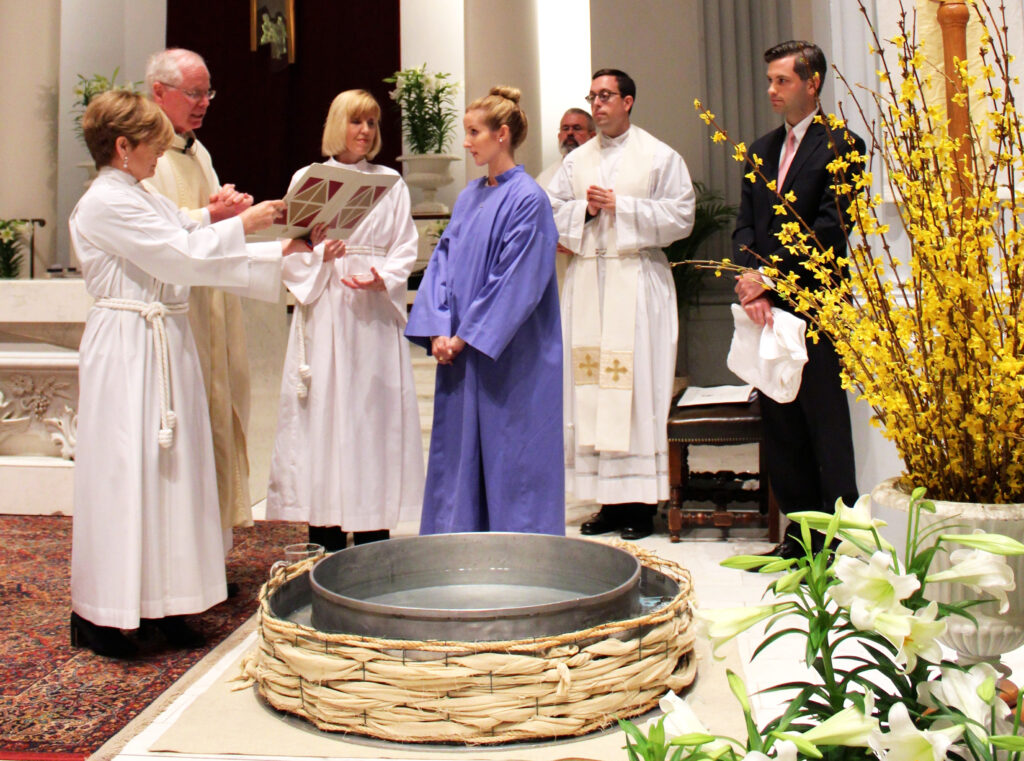
Baptism involves a whole change of life from an orientation to this world to an orientation toward the life of the world to come. That change is what repentance is all about. Confessing our sins? Yes. But also changing our habits as a sign of our repentance. Hence the notable duties of fasting, prayer, and almsgiving come into play as appropriate penitential disciplines signifying repentance. The meanings and practices of Lent really do all tie together.
“Discipline” has a place in Christian life. The Greek word askesis, from which we derive the term “asceticism”, refers to the physical discipline undertaken by an athlete in training. In Greek philosophy it also came to mean self-restraint. Ascetical practices, such as fasting, are an important part of the spiritual life.
St. Paul uses the term in 1 Corinthians 9:24-27 where he compares the living of the Christian life to running a race. He pointed out that athletes run to win a prize at the end and in order to compete they discipline their bodies. “Athletes exercise self-control in all things; they do it to receive a perishable wreath, but we an imperishable one.” St. Paul says that he “punishes” his body and “enslaves” it, “so that after preaching to others I myself should not be disqualified”. In other words, he exercises bodily self-control. And since we are our bodies, controlling ourselves means controlling our bodies and physical desires.

The season of Lent is 40 days because it connects us spiritually with Israel’s 40 years of wandering in the wilderness, in which Israel learned to depend on God to lead and sustain them, and Jesus’ 40 days of fasting in the wilderness, in which his vocation as Messiah was tested when he was tempted by the devil to seek his own needs and desires first. The Gospel for the First Sunday in Lent is always the story of Jesus’ temptations in the wilderness.
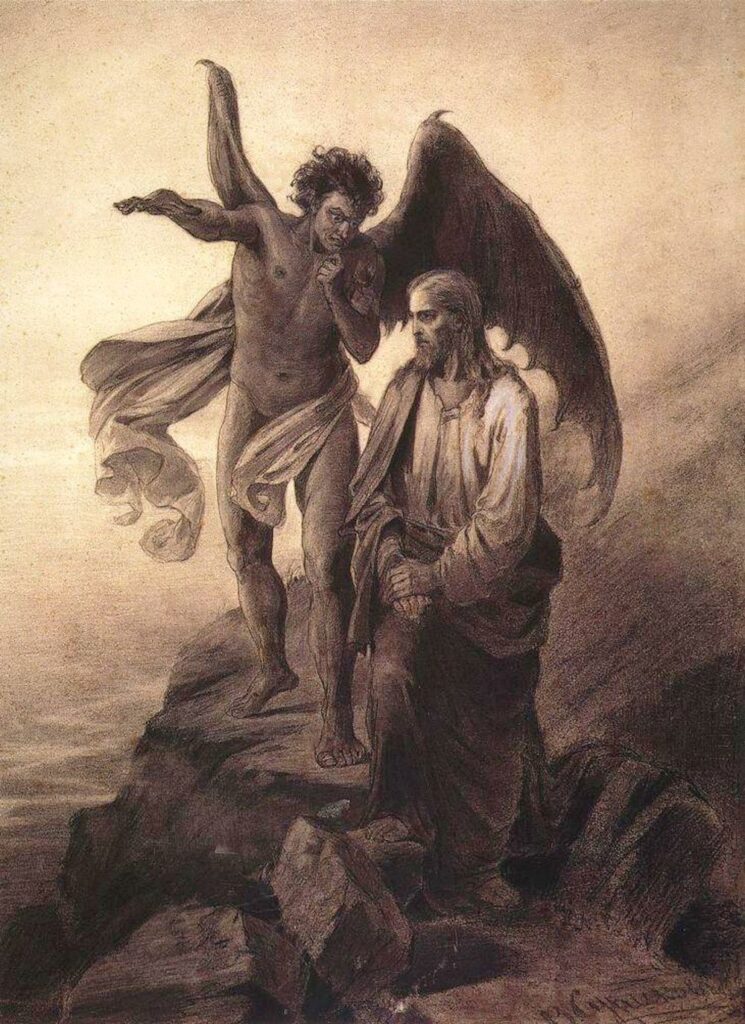
Lent has been called “spring training” for the Christian life. That’s appropriate, at least in the northern hemisphere. (“Lent” comes from the Anglo-Saxon word “lencthon,” which means the lengthening of the days, i.e. springtime). Training for athletes requires a disciplined regimen. The particular disciplines (ascetical practices) of Lent are the three “notable duties” that Jesus comments on in the Gospel for Ash Wednesday. These practices were already observed in Judaism. In the order in which they are listed in Matthew 6 they are: almsgiving, prayer, and fasting. The preamble to these spiritual practices as Jesus comments on them is “Beware of practicing your piety before others in order to be seen by them; for then you have no reward from your Father in heaven” (6:1).
Jesus goes on to tell his disciples, “whenever you give alms, do not sound a trumpet before you.” In other words, don’t look for recognition for your charitable giving. “And whenever you pray” don’t “stand and pray in the synagogues and on the street corners.” In other words, don’t try to impress people with your piety. “And whenever you fast, do not look dismal.” In other words, don’t put on a performance. Jesus is recommending a hidden discipline known only to God. But he’s also not calling for a neurotic scrupulosity in which we fret over how secret our almsgiving, prayer, and fasting can be. The point is that we just go about doing these things without calling attention to ourselves.
The important thing about Lent is that we focus on God and what God has done for us in Christ rather than on ourselves. In the hustle and bustle of everyday life it’s easy to lose focus. Lent is a time to focus again on God’s saving acts for us in the passion, death, and resurrection of Jesus the Christ and our call to follow Christ in the way of the cross.
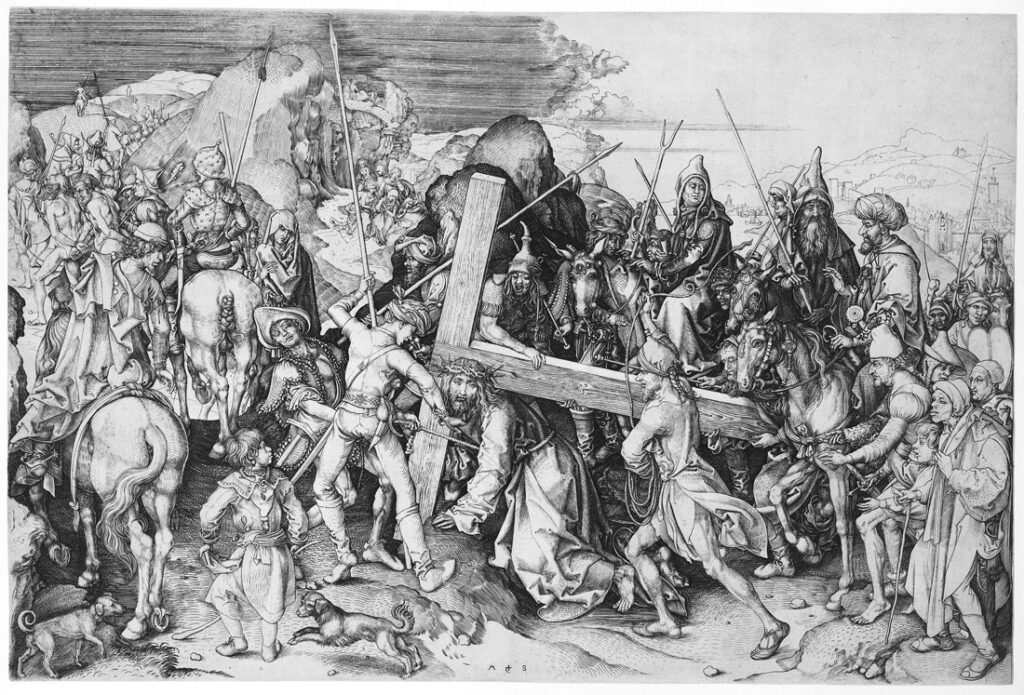
One of the ways to re-focus on the passion of Christ is to adopt the Lenten disciplines. These disciplines are not supposed to be some kind of punishment. The point of observing them is to do something that will catch our attention every day, and every time our attention is caught, we focus our mind on God, remembering what God has done for us in the sacrifice of his Son, and what we are called to be as disciples of the suffering Christ.
There are three basic kinds of disciplines. One is giving up something, another is doing something proactive, and a third is adding something to our life. Let’s begin with giving up something, since that’s what most people think the disciples of Lent are about.
Giving something up.
When we take something out of our life, it’s to remind us that we depend on God and nothing else. You can survive without all kinds of things you’re used to having—but you can’t survive without God. A traditional thing to give up for Lent is some kind of food. In fact, the primary emphasis in Lent is fasting. The Germans call it “Fastenzeit” (fasting time).
Some of the faithful would abstain from all animal products during Lent (meat and dairy), while others would allow the consumption of fish or fowl. Traditionally, a person fasting for Lent would abstain from all foods until late afternoon or early evening, when a simple meal is taken. With two small snacks during the day, that’s just enough to keep up your strength, but not enough to satisfy your desire to eat. However—and this is very important!—you should not give up food if your motivation is to lose weight or improve your health. Then it’s about you and not about God. You might undertake a diet, but that program should be unrelated to what you give up for Lent. If you give up a particular food, it’s so that every time you crave it (and you will since you’re consciously abstaining from it!), and then decide not to have it, your attention is caught and directed back to God. By changing our menu we remind ourselves that we’re in the season of Lent and we’re focusing on God. Sundays are not fast days because they are the Lord’s Day, the day of the Eucharistic feast. But this is no reason to commit an act of gluttony to make up for the previous six days of fasting, In fact, the Eastern Churches still maintain the Lenten fast on Sundays; it’s just a lesser fast in which wine and oil are allowed.
You might make a statement by giving up all meat and animal products that come from animals that are not range free. If you do research on the way animals are confined, fed, and killed, you would be horrified by our inhumane treatment of these creatures.

For more detailed discussion of the practice of fasting see https://frank-answers.com/frank-answers-about-our-problem-with-fasting/
Doing something proactive.
Almsgiving goes with fasting. If we’re not spending money on one thing, we have it to give to something else. But, of course, most of us have plenty of loose change to give away and can still afford a sumptuous fish dinner. The important advice from our Lord about almsgiving is that the right hand should not know what the left hand is doing. That means giving without calculating how much we are giving. Giving without expecting a receipt for our tax records. In my last parish (Immanuel, Evanston) I instituted a Lenten alms basin. When we came to Holy Communion during Lent we emptied all the loose change in our pockets and purses into the alms basin. The children caught on to this and began bringing their coins from home in plastic baggies and emptying them into the alms basin. (Children should be a part of the Lenten disciplines in a household.) We gave our Lenten alms, which totaled hundreds of dollars by Easter, to a local food pantry or soup kitchen. Alternately, you might buy gift certificates to a grocery store or a fast food restaurant to pass out to the “homeless” who beg for money on our urban streets. Maybe you could give some of your time to the community.

Adding something.
Your life is already busy and full, so adding one more thing might seem impossible. But you should choose something that you need in your life—something that the other things in your life need to make room for. For example, you might be unhappy with your prayer life. Perhaps you pray irregularly, or not all. In training you start with a light load and build up. You might want to build up to a morning and evening prayer office. But a start might be to make the sign of the cross in remembrance of your baptism and say the Lord’s Prayer and Apostles’ Creed every morning when you get up and every night before you go to bed. It is a small thing, but it catches your attention—you’ll start noticing that every day that lies ahead of you belongs to God, and every day that lies behind you was guided by God.
Those who are tumbling out of bed and rushing to get going for the day might even do this little devotion in the shower. This might be an especially meaningful devotion for youth who have just been confirmed and studied the Catechism. Let the running water remind you of your baptism and your call to follow Christ. Let your nakedness prompt you to think about how you stand exposed before God at all times as both sinful and holy. Let the running water remind you of the teaching in Luther’s Catechism that every day the old Adam and Eve in us must be drowned and be put to death so that every day the new person we are called to be rises up, cleansed, to live before God in righteousness and purity forever.

Perhaps Lent becomes a time to actually exercise your body as a form of bodily discipline that accompanies fasting. Stewardship of the body requires keeping it healthy and strong. The word “Lent” refers to the “lengthening of days” in the springtime. This provides a time foir outdoor exercise such as walking and running. One could also become more regularly in the use of the gym and the practice of yoga, among other activitives. One year I untook a forty-day plank challenge, seeing how many minutes I could hold in plank. The purpose of being healthy and strong is so that one is physically fit for ministry. The physical culture movement that originated in Germany and Scandinavia in the early 19th century was originally intended to provide fit bodies for the church’s missionaries and ministers and as a consequence introduced physical education in the schools. The YMCA was a major promoter of the physical culture movement and continues its mission of healthy minds, bodies, and spirits with its up-to-date fitness centers.

Maybe you could give some of your time to the community. You could add an hour a week volunteering in an overnight shelter, a soup kitchen, a senior center, or an elementary school—wherever your gifts could be used best.

You could also add attending a midweek prayer service or Bible study.
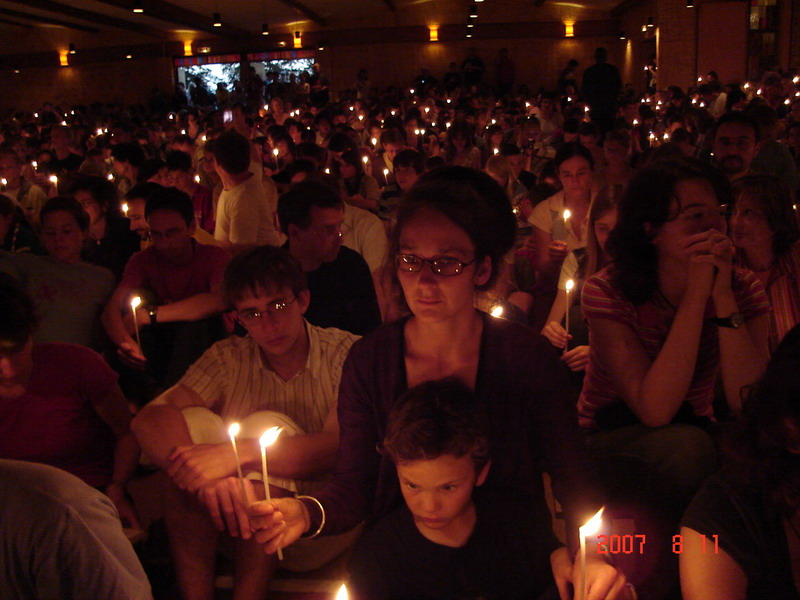
The catechumens in the ancient church were engaged in the works of ministry. This is detailed in the church order known as The Apostolic Tradition (evolved 3rd-5th centuries in various languages and copied into other church orders such as the Syrian The Apostolic Constitutions).

Practicing these disciplines of Lent becomes all the more meaningful if the whole church is accompanying catechumens who are being engaged in fasting, prayer, almsgiving, and performing works of ministry. Knowing that we are participating in the making of new Christians (Tertullian, a North African church father wrote, ca. 200, that “Christians are made, not born”), our practices become more intentional. Lent is a time when all the faithful return to the catechumenate by practicing these disciplines. But also, when the catechumens are presented with the four Gospels, the Creed, and the Lord’s Prayer on the 3rd, 4th, and 5th Sundays of Lent, we also hear the instruction “sounded down” in the catechesis. We journey with these catechumens of all ages to the conclusion of their initiation at the Easter Vigil when they are baptized and communed. We renew our baptisms and join them at the Lord’s Table for their first communion at the feast of Christ who died, is risen, and will come again.
What if you mess up? It’s not the end of the world. A Lenten discipline isn’t a pact between you and God so that you’re in big trouble if you tumble exhausted into bed at light without a prayer or need to break your fast because you’re a guest in someone’s home. A spiritual discipline should be undertaken freely and lovingly, with the intention of honoring God, not impressing him. Every day is a fresh start. Look into your heart in the days before Lent begins and see if there is a practice that is a fit for you.
It is also a discipline to plan ahead so that you’re not wondering what you will do when you receive your ashes on Ash Wednesday and hear the call to undertake the disciplines of Lent. Fasting, for example, requires planning menus so you can make appropriate shopping lists. If you’re intending to undertake some kind of extra project, you need to think about what that might be. We used to receive some advance warning that Lent was coming with the three “count down” Sundays (Septuagesima – 70 days before Easter, Sexagesima – 60 days, Quinquagesima – 50 days). Lent is a season that requires preparation. The time to do that is before Lent begins. But like any exercise regimen, it’s never too late to begin.
Pastor Frank Senn
